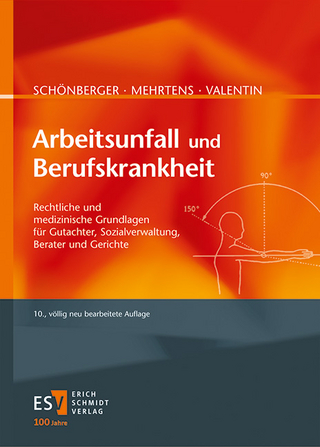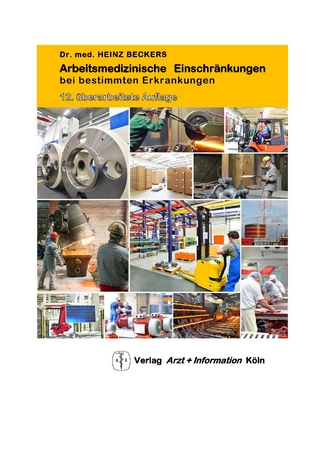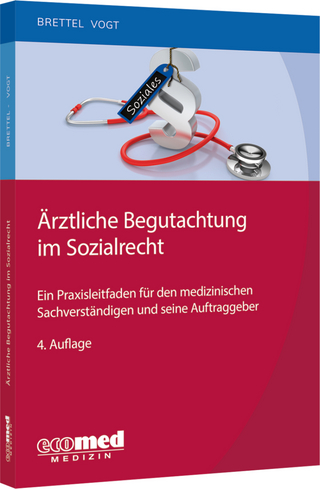
Communicating Public Health Risk
Routledge (Verlag)
978-1-032-61811-1 (ISBN)
This important volume provides not only an in-depth analysis of those risk communication strategies currently used to inform and educate the public about key health issues, but also the risks and effects of radon, a natural but carcinogenic gas that so far has seen relatively little wider coverage.
As the leading cause of lung cancer worldwide after smoking, radon is an important yet hidden public health issue, but informing and educating the public about its hazards and dangers is far from straightforward. As well as offering a detailed overview of issues around radon itself, the book asserts that public health communication should be dialogic and interactive, culturally tailored to specific populations to ensure people comprehend and appreciate the risk to themselves and their environments. The challenges are, of course, significant in a pluralistic media landscape where disinformation and misinformation threaten the integrity of any message sent.
Featuring chapters from researchers across a range of disciplines, this enlightening book will interest students, scholars and professionals working in Public Health, Environment Health and Communication Studies.
José Sixto-García is Professor of Journalism at the Department of Communication Sciences of the University of Santiago de Compostela (Spain). He has a PhD in Communication and Journalism. He was the Director of the Social Media Institute (2013-2019), and his research is focused on new media, new narratives and social networks. Sara Pérez-Seijo has a Ph.D. in Communication, is Assistant Professor at the Universidade de Santiago de Compostela (Spain) and a member of Novos Medios research group. She was a visiting scholar at Universidade Nova de Lisboa. EUniWell's Communications Manager at the Universidade de Santiago de Compostela and Section Editor at Profesional de la Información. Berta García-Orosa is Full Professor at the University of Santiago de Compostela (Spain). She holds a B.A. in Communication Sciences, a B.A. in Political and Administration Sciences and a PhD in Communication Sciences from the University of Santiago de Compostela. She has studied communication and politics for more than 20 years, collaborated in more than 50 research projects and published over 100 articles and chapters
Foreword
1. An introduction to radon gas and risk communication
Part I. Radon: a public health issue
2. Indoor radon as a public health problem. Available evidence on radon and its health effects
3. Radon and citizen science
Part II. Communicating public health
4. Public health communication from digital native media
5. Opportunities for information visualization in risk communication
6. Health communication, awareness raising, and metaverse: an approach to the radon gas situation in Spain
Part III. Public perception of risk
7. When risk is invisible and at home: news coverage on radon gas in local media
8. Public Perception and Treatment of Risk Communication in Latin America
9. Media coverage of risk and expert opinion
10. Conclusions: deductions on health communication in the current media scene and challenges for the future
| Erscheinungsdatum | 11.07.2024 |
|---|---|
| Zusatzinfo | 9 Tables, black and white; 5 Line drawings, black and white; 5 Illustrations, black and white |
| Verlagsort | London |
| Sprache | englisch |
| Maße | 152 x 229 mm |
| Gewicht | 440 g |
| Themenwelt | Sachbuch/Ratgeber ► Gesundheit / Leben / Psychologie |
| Geisteswissenschaften ► Geschichte | |
| Medizin / Pharmazie ► Medizinische Fachgebiete ► Arbeits- / Sozial- / Umweltmedizin | |
| Sozialwissenschaften ► Kommunikation / Medien ► Kommunikationswissenschaft | |
| Technik ► Umwelttechnik / Biotechnologie | |
| ISBN-10 | 1-032-61811-6 / 1032618116 |
| ISBN-13 | 978-1-032-61811-1 / 9781032618111 |
| Zustand | Neuware |
| Informationen gemäß Produktsicherheitsverordnung (GPSR) | |
| Haben Sie eine Frage zum Produkt? |
aus dem Bereich


